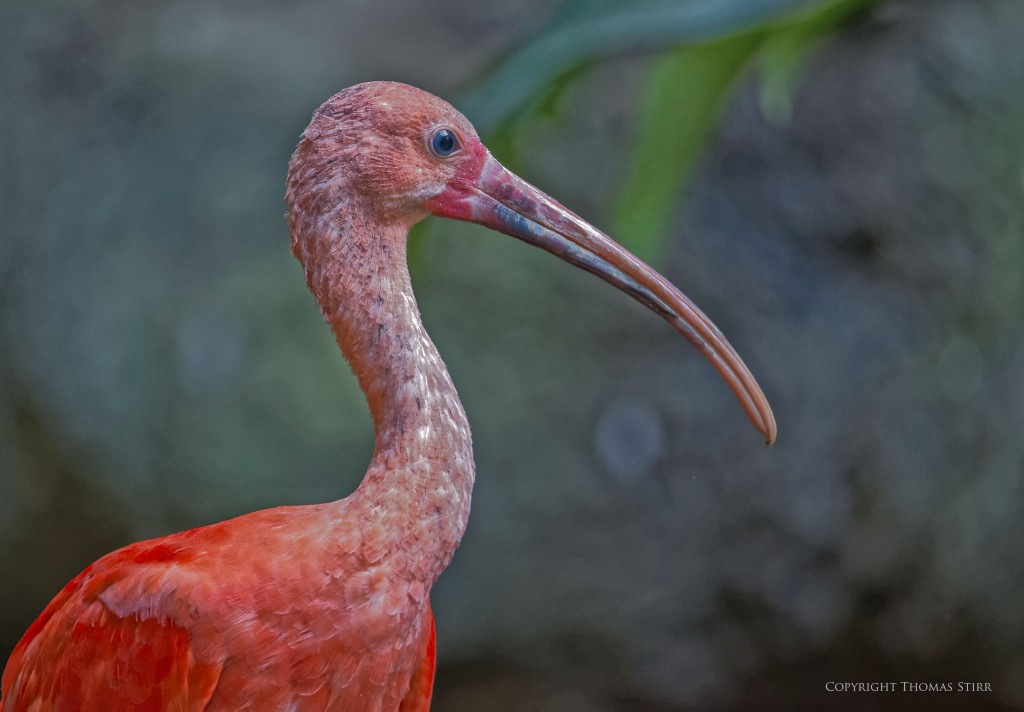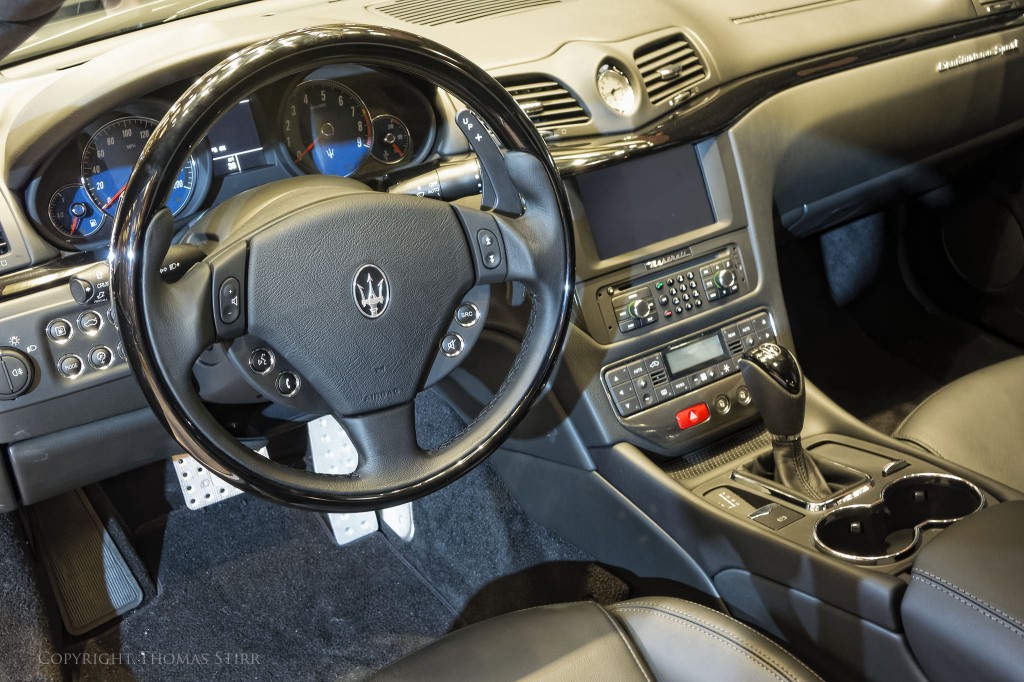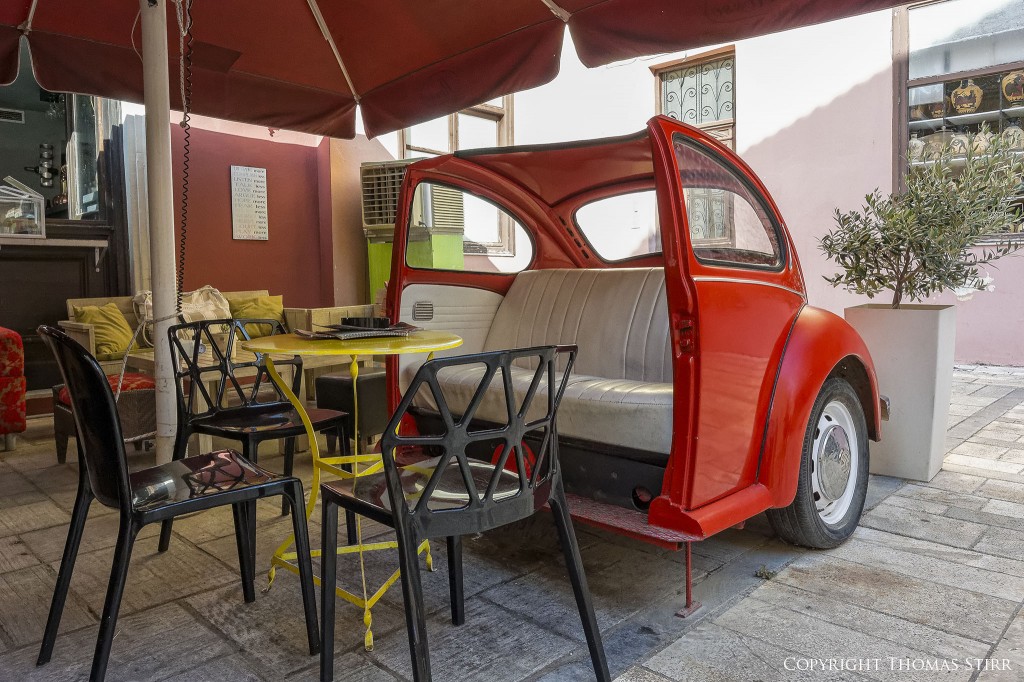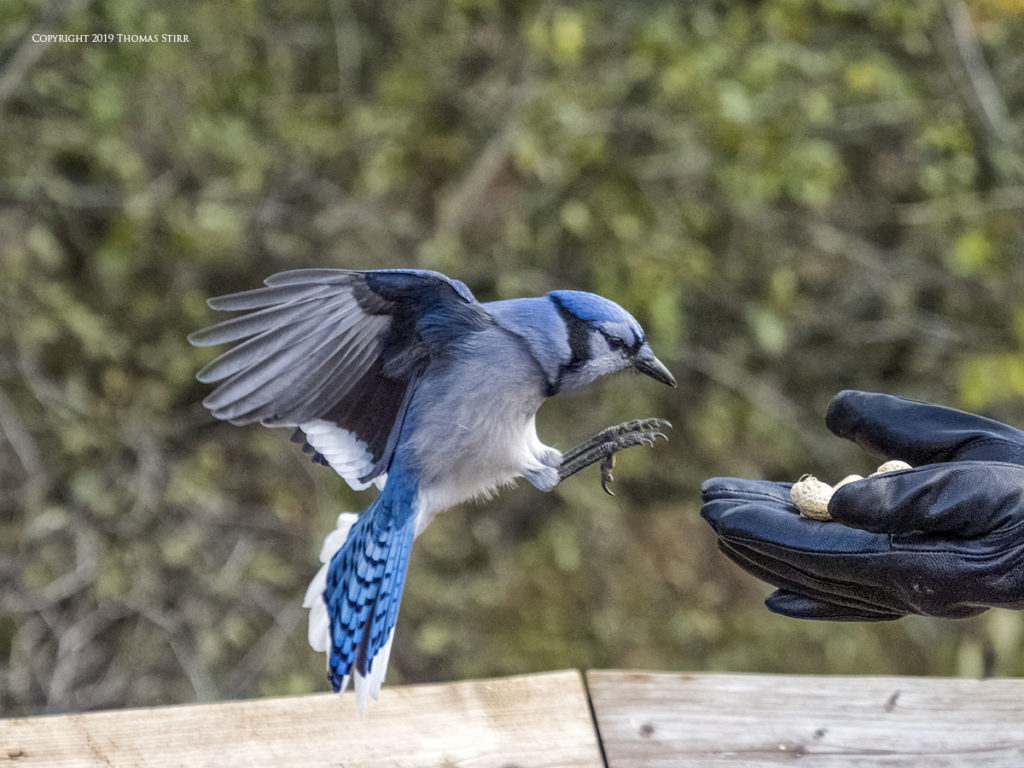Over the past couple of years, there certainly has been a lot of product development going on in the full frame segment of the camera business. This article discusses my full frame camera transition. This posting is not about why I bought into the full frame format, but rather the exact opposite. It’s about my decision to sell all of my full frame camera gear back in July 2015, and why I haven’t regretted that decision for even a second.
NOTE: Click on images to enlarge. Photographs have been added to serve as visual breaks.

A photographer’s choice of camera gear is an intensely personal decision. What is perfect for one photographer may not work particularly well for another. The intent of this article is NOT to suggest that anyone should do what I did in terms of my choice of camera gear. It is simply to share my camera equipment journey with others.

In the late summer of 2012 I bought my first full frame camera, a Nikon D600. Unfortunately I had the same difficulties with that model as many other folks. As a result I traded up to the D800 in early 2013. I continued to invest in full frame gear by adding Nikkor primes, zooms, and a Tamron 150-600 to my kit. Happy with the performance of the D800, I sold my D7000 and all of my Nikkor DX lenses.

Looking for a small sized camera that would give me some added flexibility for some of my client work, I purchased my first Nikon 1 V2 in the fall of 2013. Using native 1 Nikkor lenses allowed me to more easily position cameras in hard to access areas in industrial facilities when shooting client safety video projects. Additionally, being able to use my Nikkor FX glass with an FT-1 adapter provided some additional reach for still photography.

I initially used my Nikon 1 gear for client safety video projects only in specific situations. It didn’t take long before it became apparent that there was no noticeable difference with the quality of my 1080HD video files between my D800 and Nikon 1 V2, including shooting video under lower light conditions. Both cameras were quite good to ISO-800, and useable at ISO-1600.

Discovering that there was a huge difference between the camera formats from a business perspective was a real eye opener. Shooting client work with my Nikon 1 gear was far more time and cost efficient than using full frame gear. Due to the crop factor of 2.7X with the CX format of Nikon 1 gear, I could get the depth-of-field I needed using a more wide open aperture.

For example, a typical video setting for my client work when using my D800 and a Nikkor FX 50mm prime lens was 1/60, f/8, ISO-800. Using Nikon 1 gear allowed me to shoot the same video scene using a 1 Nikkor 18.5mm lens at f/2.8. As a result I no longer had to bring 3 to 5 studio lights/stands to my client projects. Not having to constantly move them around during onsite video recording sessions saved a considerable amount of time and effort.

By the spring of 2014 I began shooting all of my client video projects exclusively with Nikon 1 gear. In October 2014 I decided to leave my full frame gear at home and only take Nikon 1 equipment with me during our trip to Greece. In late 2014 I purchased the 1 Nikkor CX 70-300mm f/4.5-5.6 zoom to use for my bird photography. The result of all of these decisions was that my Nikon full frame gear sat idle more and more often.

By the summer of 2015 it became obvious that it didn’t make any sense to keep business capital tied up in a camera system that was seldom being used. Believing everything that I had read about full frame camera gear had been a big mistake on my part. So, I decided to sell all of my full frame gear. It went quickly and luckily I was able to recoup a good portion of my original business investment. The financial hit to the business was minimal.

In August 2015 I was still a bit ‘sensor phobic’ (I had drunk a lot of ‘larger is better’ sensor Kool-Aid) and I had an unsuccessful experiment with some higher end Panasonic M4/3 gear. Video performance was good, but still photography results were disappointing. So, I returned all of the Panasonic gear about 10 days later and paid a small restocking charge.

From that point in the late summer of 2015 I was fully committed to shooting exclusively with the Nikon 1 system. Even after the Nikon 1 product line was discontinued in July 2018 I continued on exclusively with the system. In hindsight, if I would have bought into the Nikon 1 system earlier and better understood its capabilities, I never would have purchased full frame camera gear.

It was only after some ongoing client interest in 4K video that I began to look at some different camera gear. That led me to try Olympus equipment through the Olympus Pro Loaner Program in May 2019. After 6 weeks of intensive use in a wide range of situations and applications I knew I had found the perfect solution for our evolving business and personal needs. Our initial purchase included an OM-D E-M1X, M.Zuiko PRO 7-14mm f/2.8, M.Zuiko PRO 12-40mm f/2.8, M.Zuiko PRO 40-150mm f/2.8, M.Zuiko 60mm macro f/2.8 and M.Zuiko MC-20 teleconverter.

Since that initial purchase we have added the M.Zuiko PRO 45mm f/1.2, an Olympus STF-8 Twin Macro Flash, an Olympus FL-700WR Flash, an FC-WR Wireless Flash Commander, and a second OM-D E-M1X. At this point the only other piece of gear we may still add to our Olympus kit is a longer focal length zoom for birding and nature work. In the meantime the M.Zuiko PRO 40-150 mm f/2.8 with the MC-20 teleconverter is doing a good job for us.

As you can imagine, over the past number of months I’ve had a lot of interesting discussions with associates about camera gear. One of the most common questions is about dynamic range. Many people assume that APS-C cameras have a 1-stop advantage over M4/3, and that full frame cameras have a 2 stop advantage. I’ve suggested to associates that they check out the test data on photonstophotos.com.

Once they check out the test data, they discover that within the operating range of the E-M1X (i.e. ISO-200 to ISO-25600) there is very little advantage with APS-C sensors. Depending on the brand of camera, the M4/3 sensor in the E-M1X actually outperforms some APS-C sensors in terms of dynamic range. Full frame cameras generally have about a 1 stop advantage… not 2.

Of course many cameras have a base ISO of ISO-100 or lower. Under certain situations where those lower base ISOs can be used, (e.g. tripod assisted), the dynamic range differences can be higher. For folks like me who hate using tripods and almost always shoot handheld, those tripod assisted dynamic range differences based on lower base ISO values are moot points.

Being able to take advantage of the IBIS performance of the E-M1X can significantly alter how a photographer approaches what they do. In the past I would never have shot handheld using multiple second exposures of 4 seconds or longer. This allows me to use ISO-200 handheld far more often than I was ever able to do with my full frame D800. Shooting video handheld without needing to lug around camera supports still boggles my mind.

One of my initial concerns about buying into the Olympus M4/3 system was moving from a 3:2 image ratio to 4:3. Those concerns proved unfounded. I quickly discovered that the 4:3 format is more ‘pixel efficient’ when composing images of a wide range of subject matter. And, less cropping is needed when producing prints in standard 8×10 frame size perspectives.

To me, the future of photography is in using technology to create images in new and different ways. To expand what is possible to me as a photographer. That’s what fuels my creativity. Using capabilities like Pro Capture. Live ND. In-camera focus stacking. Handheld Hi Res Mode. IBIS that allows for long exposure handheld images. Using fast frame rates for action sequences. Trying my hand at Live Composite gets my old brain sparking.

Using a full frame format camera may be an excellent choice for some photographers. Using that format of camera gear just wasn’t a good fit for me and the work I do.
I have no hesitation admitting that I made a big mistake buying into the full frame format. Fortunately I learned from my mistake 5 years ago. I got myself on the right photographic path for the work I do by using smaller sensor cameras. Make a mistake… then learn from it. C’est la vie!
Technical Note:
Photographs were captured handheld using camera gear as noted in the EXIF data.

How you can help keep this site advertising free
My intent is to keep this photography blog advertising free. If you enjoyed this article and/or my website and would like to support my work, you can purchase an eBook, or make a modest $10 donation through PayPal. Both are most appreciated. You can use the Donate button below. Larger donations can be made to tom@tomstirr.com through PayPal.
Word of mouth is the best form of endorsement. If you like our website please let your friends and associates know about our work. Linking to this site or to specific articles is allowed with proper acknowledgement. Reproducing articles, or any of the images contained in them, on another website or in any social media posting is a Copyright infringement.
Article is Copyright 2020 Thomas Stirr. Images are Copyright 2014-2020 Thomas Stirr. All rights reserved. No use, duplication or adaptation of any kind is allowed without written consent. If you see this article reproduced anywhere else it is an unauthorized and illegal use. Posting comments on offending websites and calling out individuals who steal intellectual property is always appreciated!


Much as with my M43 gear, I find that extracting the full potential of my Nikon 1 AW-1 or Canon G7x MkII takes a lot of attention to technique. So many think bigger formats will will make better images so much less effort and they are willing to pay the price and carry the burden of that choice. When I see the quality you produce consistently it reminds me that I need to shoot smarter and I can improve my results.
And of recent the rise of AI / machine learning apps to enhance and enlarge images also shows that a good sharp 16-20 Mp shot can be upsized 2 to 4 times with remarkable fidelity. That is another reason for me to stick with 1 inch and M43 sensors for the foreseeable future.
Hi Mark,
I agree that paying attention to technique helps us get the most out of our camera gear!
Another important factor is to experiment with our equipment to see what is actually possible with it. For example, if I would have believed the accepted opinions about the Nikon 1 system I would have limited myself to shooting at ISO-800 which would have significantly restricted the range of photographs that I could capture with it. As a result of experimentation my understanding of what is possible with Nikon 1 has shifted over time. Now, I have no hesitation shooting my Nikon 1 gear to ISO-3200.
You make a very good point about AI machine learning apps. These have the potential to significantly enhance the capability of a camera. What I find exciting is how camera technology is opening up new and innovative ways to create images.
When we buy a camera it is only one part of an integrated image creating system. The lenses we choose have a significant impact on the quality of our photographs, and the software we use also plays an important part in the end results that we produce.
As you note in your comment, bigger format cameras do not automatically make better images with less effort. An image that is poorly composed and is not sharp, is of little value. It doesn’t matter if that image was created with a 1″ sensor camera, M4/3, APS-C, full frame or medium format.
Tom
Hi Tom, I remember reading on Ming Thien’s web site that the unspoken problem of bigger format high MP count sensors is that it demands more: to get the benefit of those extra pixels the lens has to be good enough to deliver the higher resolution and the photographer has to be even more careful with shooting technique as more MP magnifies any deficiency in focus or subject movement blur.
Certainly I am convinced that 1 inch and Micro 4/3 are very good formats to take advantage of compact size and placed well for performance improvement from software advances. My bank balance will be happier too!
Thanks for your comment Mark.. it raises an important issue that many photographers do not adequately consider!
I haven’t done this for a while, but I used to frequently go on the DxOMark test site and compare lens scores when matched up with different camera bodies. I found it very interesting that some higher density pixel cameras did not produce any improvement with image sharpness when compared to similar cameras with lower density pixel sensors. I recall that for certain lenses the sharpness scores were the same when used with either the D600 or D800 cameras. As you state in your comment, “the lens has to be good enough to deliver the higher resolution”.
As your post indicates, there some challenges capturing images with a bigger format high MP count sensor camera. There are also some issues when working in post. The larger sized files consume more computer resources which can slow down processing times. These large files also consume a lot more hard drive space. Some times folks need to upgrade their computer systems to efficiently work with these types of files. In some cases photographers also need to upgrade to more expensive memory cards and related card readers.
Full frame sensor cameras have their place and a role to play. Before taking the leap people need to consider a wide range of factors that will be impacted.
Tom
Tom, I admire your job with the small sensor cameras and agree with you – mostly. I am still a happy user of a V3 + 70-300 CX combo. There is no better for long reach, small size quality photography IMHO. I do a lot of birding, bif, and still have not found a real alternative for this 7 yrs old system ! Amazing take-anywhere camera, that I can bring with me always almost unnoticed and do not feel sorry even if it stays in the bag when no real photo opportunity arises. There are not many comparable size offerings, good Fuji lenses are huge in comparison to the CX 70-300, so I tried the Sony A6400 plus their new 70-350 zoom but the V3 with the 70-300 performs better and sharper on the long end with almost identical contrast in good light. So I stick with my V3 for occasional bird/wildlife shooting as there is really no feasible small alternative. If you know any better just let us know…..
I do have the Nikon Z7 with the magnificent 500PF for dedicated shooting sessions when small size is not needed and this combo delivers unmatched quality and details. And I do not think that Olympus is an alternative for me there. The Olympus offerings (either with 40-150 Pro and teleconverter or the 300 Pro) are almost the same size as the Z7 + 500PF combo and not that much cheaper (at least with the 300 pro).
Keep up the great work and stay safe !
Hi Karl,
Thanks for your comment and sharing your experiences with Nikon 1 and some other equipment! I agree that the 1 Nikkor CX 70-300 is a very unique lens that delivers great results. We still have our Nikon 1 gear and have no plans to part with it… including our two copies of the CX 70-300.
As noted in my article, its intent was not to suggest that anyone should do what I have done in terms of photography gear. We all need to use what best meets our needs and without question many photographers will be best served with full frame equipment.
Tom
Tom, I did not want to be any way disrespectful comparing the Oly setup to a full frame mirroless. I enjoy my relatively small and portable Z7 setup when photography is the main reason of the trip. But what I find amazing is that there is no real portable alternative to Nikon 1 system especially for birding or long reach nature photography. Maybe it is a niche spot of extreme portability and long reach but no camera-lens combo gets close to the V3 + 70-300 in my opinion even after 7 yrs. And I find that amazing….
Hi Karl,
I agree with your view that there is nothing that provides the same portability and long reach of the Nikon 1 system! Even after 7 years or more the combination of the 1 Nikkor CX 70-300 mm with the V3 (or V2) is still superb for birding. Its such a shame that Nikon wasn’t able to continue with the product line.
My wife and I still very much enjoy using our Nikon 1 kit and we have no intention of selling any of our camera bodies or zoom lenses. Since I don’t use my Nikon 1 primes at all any more, those lenses may go at some point.
My Nikon 1 kit is very different than my Olympus gear. Both are quite unique in terms of their capabilities, and I certainly agree that Nikon 1 is more portable. Rest assured that there would never be any offence taken comparing Olympus to a full frame system. These are different animals that meet different needs. Full frame would suit some photographer’s needs much better than would Olympus. 🙂
Tom
Tom, earlier I also used a larger Nikon 1 system, but I am in the process of reducing my collection. I plan to keep two of my V3+70-300 combo (grip and EVF included), two J5’s, the 6.7-13 and 10-100 zooms and the 32 prime (which I love for portraits) I am selling the rest. Actually I have 2 unused (really brand new) white V2’s in original packaging – found them collecting dust deep in a warehouse not so long ago …. 🙂 I might just keep one of them for the taste of it…. Need a good light and these do wonders.
What is your trick for the 3200 ISO shooting ? Which article helps the most with that ? Thank you for pointing me in the right direction.
Hi Karl,
I use PRIME noise reduction in DxO PhotoLab 2.
Tom
I still love my J5 with a 10-100 for a walking around camera. Not a great people camera, but great for things in good light.
Hi Simon,
The Nikon 1 J5 + 1 Nikkor 10-100 non-PD combination is our ‘go to’ set-up for travel photography. I’d estimate that 70% of our non-nature images are captured with that combination… maybe even more.
Tom
I made the exact same decision when I had to shoot video at my newspaper job. The Nikon 1 system, handheld or off a monopod, with stabilized lenses, was far superior to full frame and it’s focusing accuracy problem. Focusing for full frame has come along way, especially with Canon’s dual pixel system. Unfortunately I still need to use full frame for my current client stills work as so much of it is in cruelly dark environments. Plus they like the look with the soft out off focus backgrounds that one gets with full frame. It’s a completely different need than instructional video where deep depth of field to show everything clearly is critical.
Hi Simon,
Thanks for sharing your experiences with Nikon 1 and full frame! Everyone has specific needs and we each need to choose gear that best suits our needs. One of the reasons why we added an M.Zuiko 45mm f/1.2 was for portrait work.
Tom